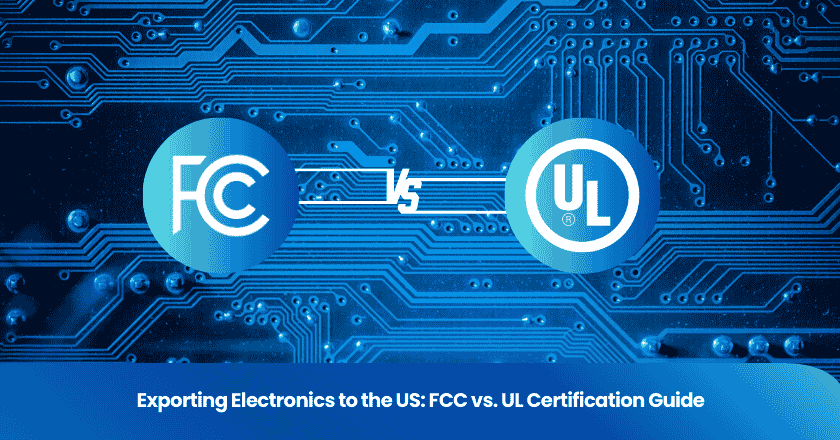
1. What is low-cost country sourcing
Low-cost country sourcing is an international procurement strategy that typically refers to the act of purchasing from countries with relatively low labor costs, production costs, or other related expenses in order to reduce a company's operating expenses.
The main purpose of the procurement strategy in low-cost countries is to reduce the overall operating costs of enterprises and increase profit margins.
For example, many companies used to choose to source from China because of the relatively low labor and production costs in China, which made it easier for these companies to produce the required products at a lower cost.
Conducting appropriate Low-cost country sourcing is a complex, time-consuming, and effective process that requires extensive planning, strategy development, and efficient execution.
Companies must ensure that certain strategies and necessary steps are implemented throughout the process.
2. What are the advantages of purchasing from low-cost countries?
The advantages of Low-cost country sourcing are mainly reflected in cost, efficiency, flexibility and supply chain optimization.
Cost advantage
The most significant advantage of purchasing from low-cost countries is that it can significantly reduce procurement costs. These countries usually have lower labor and production costs, making product prices more competitive.
For example, many multinational companies choose to set up production bases or purchase raw materials in Southeast Asian countries such as Vietnam and Indonesia, where labor costs are relatively low. In this way, companies can significantly reduce production costs and increase profit margins.
Efficiency advantage
Procurement from low-cost countries can improve the operational efficiency of enterprises. These countries often have abundant resources and efficient production capabilities, and can respond quickly to market demands.
For example, in the field of electronic products, some companies choose to purchase components from low-cost countries, taking advantage of local rapid production capabilities and efficient supply chains to shorten product time to market and improve market response speed.
Flexibility advantage
Procurement from low-cost countries also gives enterprises greater flexibility. Enterprises can flexibly adjust their procurement strategies between different countries based on market demand and cost considerations.
For example, when facing market changes, a clothing brand can quickly procure a large amount of cheap raw materials from low-cost countries to cope with sudden increases in market demand. This helps companies seize market opportunities and improve their competitiveness.
Supply chain optimization advantages
Procurement from low-cost countries helps companies optimize their supply chains. By establishing long-term partnerships with suppliers in low-cost countries, companies can ensure a stable supply of raw materials and reduce inventory costs.
Taking the automotive industry as an example, some automakers have established close partnerships with component suppliers in low-cost countries to ensure stable supply and cost control of components. Cooperation optimizes the supply chain and improves the overall operational efficiency of the enterprise.
Low-cost country sourcing has significant advantages in cost, efficiency, flexibility, and supply chain optimization. These advantages make Low-cost country sourcing an important means for many companies to improve competitiveness and reduce operating costs.
3. Tips for efficiently completing Low-cost country sourcing
The tips for efficiently completing Low-cost country sourcing are as follows:
Selection of suppliers
a. Implementation steps:
Conduct market research and collect information on potential suppliers. Evaluate the supplier's reputation, quality, delivery capabilities, and price. Compare multiple suppliers and choose the one that best meets the requirements for low cost, high quality, and reliable delivery.
b. Precautions:
One should not solely consider price, but also consider quality and service. Ensure that the supplier has stable production capacity and good after-sales service.
Contract signing
a. Implementation steps:
Define the contract terms, including price, delivery date, quality standards, liability for breach of contract, etc. After reaching a consensus through negotiation, both parties sign a formal contract.
b. Precautions:
Contracts should be detailed and clear, avoiding ambiguous terms. Ensure that the contract complies with local laws and international trade rules.
Logistics transportation
a. Implementation steps:
Choose the right mode of transportation, such as sea, air, or land, to balance cost and speed. Optimize transportation routes to reduce transit and waiting time.
b. Precautions:
Consider the nature of the goods and transportation requirements, and choose the safest mode of transportation. Track the transportation of the goods to ensure timely arrival.
Payment for goods
a. Implementation steps:
According to the contract, choose the appropriate payment method, such as wire transfer, letter of credit, etc. Ensure the security and timeliness of the payment process.
b. Precautions:
Pay attention to currency exchange rate fluctuations and choose the right time to make payments to reduce costs. Keep payment vouchers for subsequent verification and audit.
Other general skills
a. Fully market research: understand the market conditions, price levels and supplier situation in the target procurement country.
b. Standardized utilization: Try to use common parts and standard parts to reduce procurement and inventory costs.
c.Establish long-term cooperative relationships: Establish long-term stable cooperative relationships with suppliers to obtain better prices and services.
d. Risk management: Evaluate and mitigate potential political, economic, and legal risks.
When implementing low-cost national procurement, efficiency, low cost, and zero risk are key principles. Procurement personnel should consider various factors comprehensively, develop detailed procurement plans, and continuously optimize the procurement process to ensure optimal results from procurement activities.
Maintaining good communication with suppliers and resolving potential problems in a timely manner are also important factors in ensuring the smooth progress of procurement activities.
4. What are the challenges of purchasing from low-cost countries
The challenges faced by low-cost countries in procurement can be viewed from multiple perspectives, primarily including challenges in policy, economy, technology, and culture.
Trade policy and regulations
Trade policies and regulations in low-cost countries can change frequently, creating uncertainty for procurement. For example, some countries may suddenly adjust tariffs or implement trade barriers, which can increase procurement costs and affect supply chain stability.
Currency exchange rate fluctuations
Low-cost countries are generally exposed to greater currency exchange rate volatility.
Cost pressure
Despite being a low-cost country, as the global economic situation changes, labor and raw material costs are also rising. For example, in recent years, wages in countries such as China and Vietnam have increased by double digits, directly affecting procurement costs.
Inadequate infrastructure
The infrastructure of some low-cost countries may not be well-developed, such as transportation and communication, which can affect the efficiency and cost of procurement.
Technical standards and quality control
Low-cost countries may lack unified technical standards and strict quality control systems, resulting in uneven quality of purchased products.
Language communication barriers
In international procurement, both parties may use different languages for communication, resulting in difficulties in information exchange, even misunderstandings and communication errors.
Differences in business etiquette and customs
Different cultures may have different ways and behaviors towards business partners, which may affect the effectiveness of procurement negotiations and the establishment of cooperative relationships.
5. Procurement plans and suggestions for low-cost countries
Strengthen market research
Before entering low-cost countries for procurement, conduct thorough market research to understand the local policy, economic, technological, and cultural environment.
Diversified procurement strategy
Don't rely too much on a single low-cost country, but diversify your risk by establishing a diversified supply chain.
Establish long-term cooperative relationships
Establish long-term and stable cooperative relationships with suppliers, and lock in cost and supply stability through signing long-term contracts.
Improve the professional competence of the procurement team
Train the procurement team to equip them with the ability to communicate across cultures, negotiate, and manage risks.
Utilize technological tools
Use advanced supply chain management software and other technical tools to improve procurement efficiency and accuracy.
Although low-cost countries have price advantages in procurement, they also face various challenges. By gaining a deeper understanding of these challenges and taking corresponding measures, companies can better leverage procurement opportunities in low-cost countries and reduce potential risks.
Grow your business with TradeAider Service
Click the button below to directly enter the TradeAider Service System. The simple steps from booking and payment to receiving reports are easy to operate.



